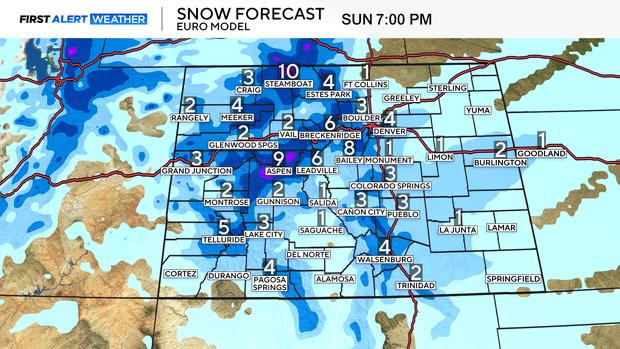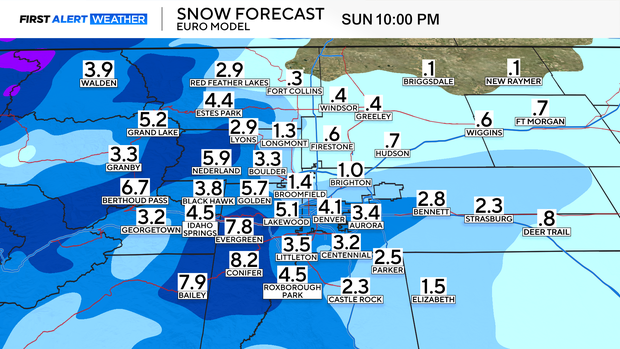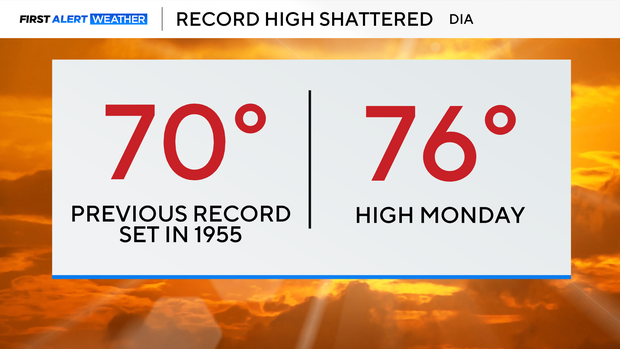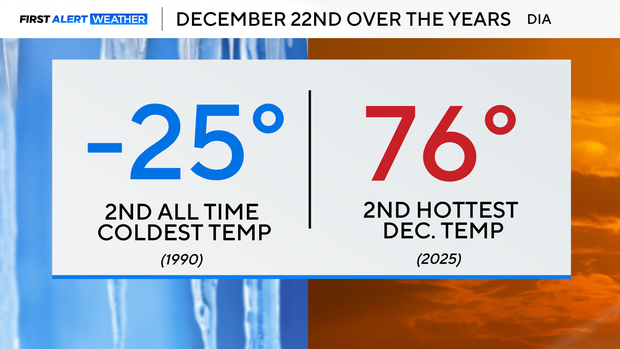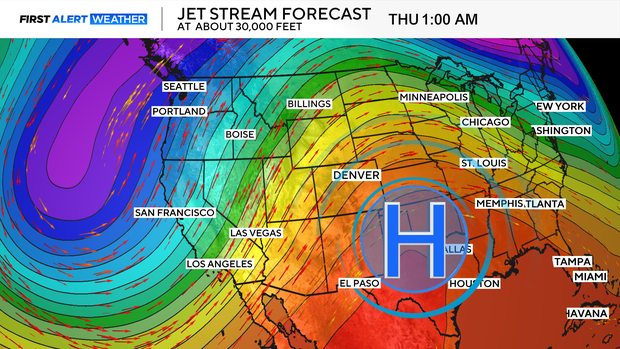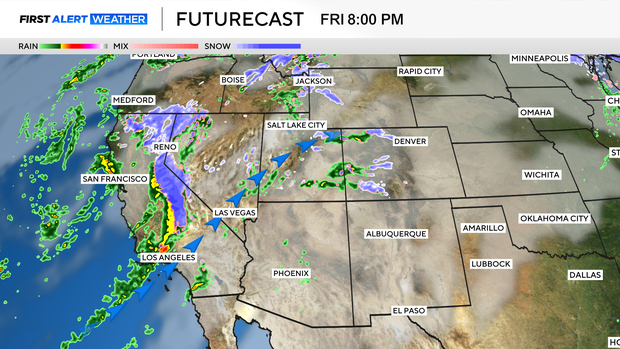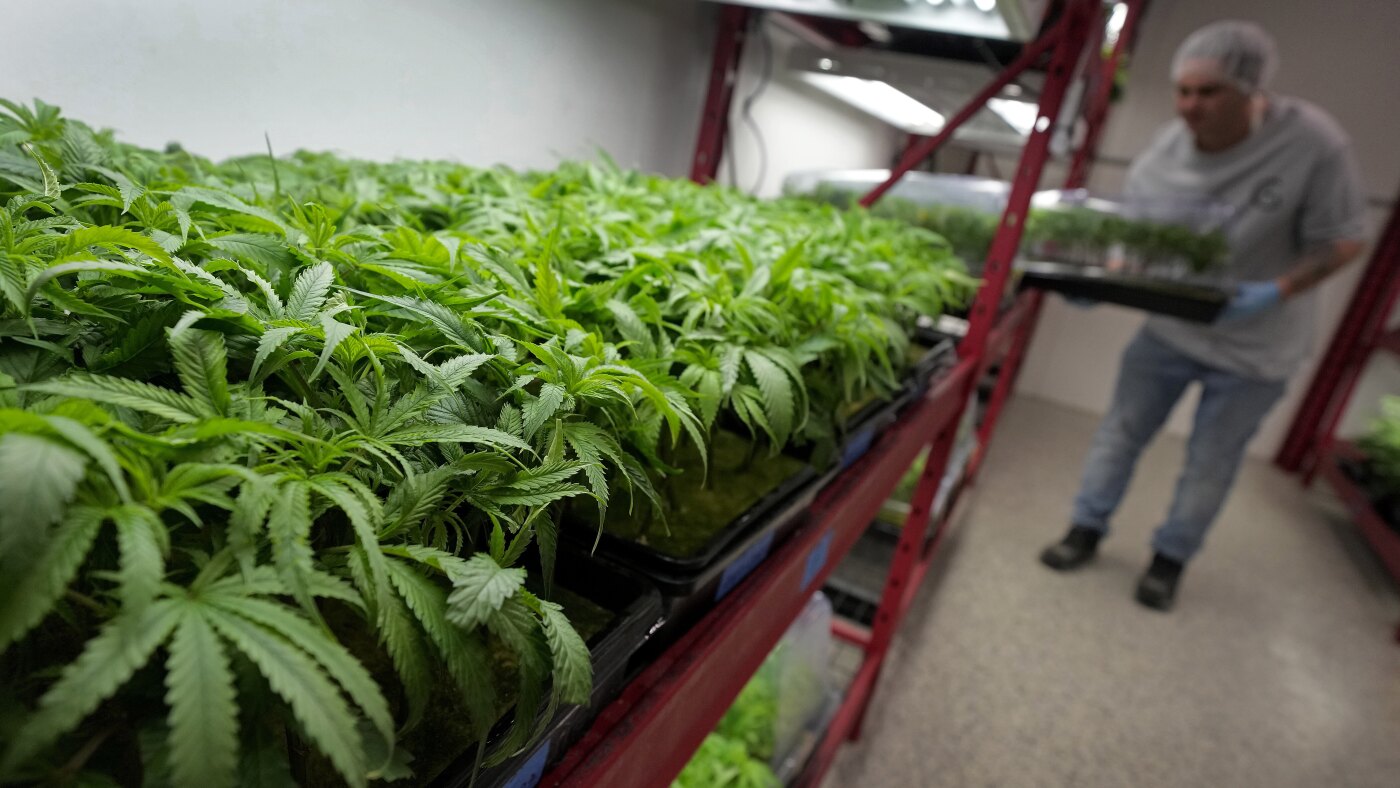Colorado
Colorado's attorney general issues warning about “deepfakes”

DENVER (KKTV) – Colorado’s attorney general issued a warning Monday morning about “deepfakes.”
Attorney General Phil Weiser says the public needs to be on the lookout for election misinformation and disinformation in the form of realistic-looking images, videos, and audio created using artificial intelligence, known as “deepfakes.” You can see a public advisory that was issued at the bottom of this article.
This year, lawmakers passed and Gov. Polis signed into law HB24-1147. The new law requires anyone using AI to create communications to voters featuring images, videos, or audio of candidates for office to include a disclaimer explaining that the content is not real. Failure to provide such a disclaimer can result in fines and other penalties.
“Because images, videos, and audio created with artificial intelligence are becoming difficult to distinguish from the real thing, you should be cautious when forming opinions based on what you see and hear online, on TV, and receive in the mail,” said Weiser. “The sad reality is that even AI-powered tools designed to detect these deepfakes have difficulty catching them. I encourage voters to do your research, get your news and information from trusted sources, and be mindful that the sophistication of AI means you can’t always believe what you see and hear anymore.”
In the public advisory Weiser issued, he lays out what voters, candidates, and campaigns need to know about the new law:
- Any visual or audio communication regarding candidates for office using deepfake images, audio, video, or multimedia are prohibited unless properly disclosed.
- The required disclosures must be clear and conspicuous. A disclaimer notifying voters that the content “has been edited and depicts speech or conduct that falsely appears to be authentic or truthful” must be displayed or otherwise appear in the communication, and the law provides for exact font sizes and other requirements.
- Exceptions to the law include protections for outlets that discuss deepfake material in news stories, so long as the broadcast makes clear the content includes a deepfake. Additionally, radio and television broadcast stations are exempt if they run political advertisements that contain deepfakes that lack proper disclaimers. The law also exempts satires and parodies.
- Violations can result in legal action to prevent dissemination of the deepfake in question, and violators could be subject to financial liabilities or even criminal penalties.
Copyright 2024 KKTV. All rights reserved.

Colorado
Denver Treecycle Program makes holiday cleanup easy, provides mulch for spring gardens

Denver residents have a great way to clean up for the holidays and get ready for spring through the city’s Treecycle Program.
Starting Monday, Denver residents can drop off their holiday trees at designated sites so that they can be turned into mulch. That mulch will be available to residents for free during the annual Mulch Giveaway this coming spring.
From Dec. 29 through Jan. 30, trees can be dropped off each weekday from 8 a.m. until 2 p.m. at these locations:
- Cherry Creek Transfer Station – 7301 E. Jewell Ave. (enter on E. Jewell Ave.)
- Havana Nursery – 3685 Havana St.
- Central Platte Campus – 1271 W. Bayaud Ave. (next to the Denver Animal Shelter)
(Note: These locations will be closed January 1 and January 19 for holiday observances)
These drop sites will be open Saturday, Jan. 3, from 8 a.m. to 2 p.m.:
- Fred Thomas Park – 2400 Quebec St.
- Evie Dennis School Campus – 4800 Telluride St.
- John F. Kennedy High School – 2855 S. Lamar St.
- Central Platte Campus – 1271 W. Bayaud Ave.
- Sloan’s Lake Park (Northwest Parking Lot) – W. Byron Pl. and Yates St.
Drop sites are available on Saturday, Jan. 10 and Jan. 17 between 8 a.m. and 2 p.m. here:
- Central Platte Campus – 1271 W. Bayaud Ave.
- Carson Elementary – 5420 E 1st Ave.
- John F. Kennedy High School – 2855 S. Lamar St.
- Congress Park – E. 9th and Josephine St.
- University Park Elementary – 2300 S St Paul St.
- Sloan’s Lake Park (Northwest Parking Lot) – W. Byron Pl. and Yates St.
- Bruce Randolph School – 3955 Steele St.
- Fred Thomas Park – 2400 Quebec St.
- Evie Dennis School Campus – 4800 Telluride St.
Any nails, ornaments, plastic, tinsel, tree stands and lights should be removed before dropping off a tree for recycling. Flocked trees and wire-based wreaths cannot be recycled.
Denver area residents can also recycle broken and burned out holiday lights for free by dropping them off at the Cherry Creek Recycling Drop-Off and Blue Star Recyclers until Jan. 1. City officials said residents should be aware that holiday lights can’t be placed in purple recycling carts, and can only be accepted for recycling at the drop off locations.
Those who do not want their tree mulched can set it out for collection on their large item pickup day. Those trees will not be recycled.
Many other areas across the Front Range offer tree recycling services, including:
Colorado
From record heat to accumulating snow in Denver

From record heat to accumulating snow across Colorado. Highs will reach about 59 degrees on Saturday before a strong cold front moves through around 10 p.m. Saturday night. Temperatures will tumble, with highs only near 29 degrees on Sunday.
That front will also bring accumulating snow to much of the state. Snow develops across the high country early Saturday morning, then intensifies through the evening hours. Travel could become tricky at mountain pass level and along the I-70 corridor by the Saturday evening commute.
Saturday night into Sunday morning, snow levels drop quickly. Accumulations are possible from Fort Collins to Boulder, Denver, Castle Rock, and Colorado Springs, extending all the way to Colorado’s southern border.
Storm totals of 4 to 8 inches are expected across the high country, with locally higher amounts up to 14 inches at mountain pass level in the northern mountains and the highest peaks.
Up to 5 inches is possible in the foothills, with around 4 inches across the Denver metro.
Keep in mind, with temperatures near 59 degrees on Saturday, some snow will melt initially. That could lead to slushy, wet accumulations, especially early in the event.
Colorado
Warmest Christmas in Denver history as temps reach 70°

Thursday was the warmest Christmas in Denver history as temperatures reached 70°, shattering the previous heat record of 69° for Dec. 25, 2005.
This month has been a record-setting month for heat in Denver. On Christmas Eve, Denver beat a heat record, reaching 71°, breaking the previous record of 70° set in 1955.
Wednesday’s temperatures are about 29° warmer than the average temperature for this time of year in Colorado.
Before Christmas Eve, December has already broken two notable warm-weather records. Earlier this month, Denver recorded eight days with highs of 60° or warmer, breaking a record that had stood since 1939.
Then on Dec. 22, temperatures at Denver International Airport soared to 76°, smashing the previous daily record of 70°. That also made it the second-warmest December temperature ever recorded in Denver.
While Dec. 22, 2025, saw the second-hottest temperature ever recorded in December, Dec. 22 has also seen the second coldest temperature ever recorded in Colorado. In 1990, it was 25 below!
There will be a shift in our jet stream pattern by the weekend, which will help allow some of the Pacific moisture to move into Colorado.
Mountain snow is expected to return by the end of the week, with snow chances continuing through the weekend.
-

 Connecticut1 day ago
Connecticut1 day agoSnow Accumulation Estimates Increase For CT: Here Are The County-By-County Projections
-

 Entertainment2 days ago
Entertainment2 days agoPat Finn, comedy actor known for roles in ‘The Middle’ and ‘Seinfeld,’ dies at 60
-

 World1 week ago
World1 week agoPutin says Russia won’t launch new attacks on other countries ‘if you treat us with respect’
-

 Entertainment1 day ago
Entertainment1 day agoHow the Grinch went from a Yuletide bit player to a Christmas A-lister
-

 Milwaukee, WI3 days ago
Milwaukee, WI3 days ago16 music and theater performances to see in Milwaukee in January 2026
-

 Science1 week ago
Science1 week agoChina’s Clean Energy Push is Powering Flying Taxis, Food Delivery Drones and Bullet Trains
-

 Politics1 week ago
Politics1 week agoBorder Patrol chief, progressive mayor caught on camera in tense street showdown: ‘Excellent day in Evanston’
-

 Alabama7 days ago
Alabama7 days ago4 Takeaways From Alabama’s Comeback, Oklahoma’s Collapse in CFP First-Round Game












